Astrophytum Capricorne: The Fascinating Shape of Cactus That Defies Convention – Care and Information.
Astrophytum capricorne is a species of cactus native to Mexico. It is characterized by its globose shape and its distinctive pattern of white, star-shaped spots on the surface of its green skin. Here I present the care and information about the Astrophytum Capricorne:
Taxonomy:
Kingdom: Plantae
Family: Cactaceae
Genus: Astrophytum
Species: Astrophytum Capricorne
Distribution:
The Astrophytum capricorne is native to Mexico, specifically it is found in arid and semi-arid regions of the country. Its distribution extends across several Mexican states, Nuevo León, Tamaulipas, Coahuila, in more desert parts and in San Luis Potosí, but it is less likely to be found in this one.
Description:
Astrophytum capricorne, also known as the bison cactus, is a species of cactus distinguished by its globose shape and green skin adorned with white, star-shaped spots. It has a globose shape, although it can sometimes be slightly elongated. It can reach heights of up to 30 centimeters and measure about 15 centimeters in diameter, although this can vary depending on growing conditions. Unlike many other cacti, Astrophytum capricorne has long, thin spines that often go unnoticed among the white spots on its skin. These spines are white or pale yellow and grow in a curved shape. One of its most distinctive features are the white spots arranged in a star shape on the surface of its green skin. These spots are structures called areoles, from which the spines and flowers emerge.
Astrophytum Capricorne flowers:
It produces yellow or pale yellow flowers, which can be quite large compared to the size of the cactus. The flowers are bell-shaped and appear only in spring or summer. It takes approximately 4 to 5 years to give its first bloom. These flowers will have to be pollinated with another capricorne cactus with different genetics in order to obtain seeds, which will come out of the fruits.
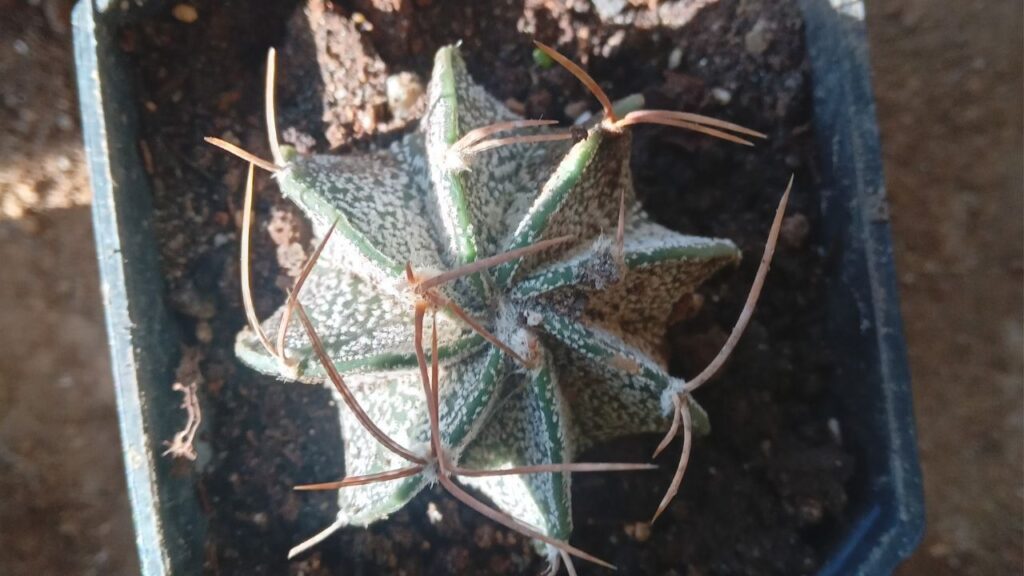
Reproduction of Astrophytum Capricorne:
Astrophytum capricorne can be reproduced in several ways, including seeds, cuttings and division. Here I explain how you can reproduce Astrophytum Capricorne:
• Seeds: Reproduction from seeds is a common option. You can collect the seeds from mature fruits of adult plants and sow them in a suitable substrate for cacti. Keep the substrate moist but not waterlogged and provide indirect sunlight. The seeds usually germinate in a few weeks to a few months, depending on the conditions provided.
• Cuttings: Cuttings are another way to reproduce Astrophytum capricorne. Cut off a section of the mother plant with a sharp knife and allow the cutting to dry and form a scar for a week. Then, plant the cutting in a suitable substrate and keep it slightly moist, almost not at all, until it develops roots.
• Division: If you have a large mother plant that has developed multiple heads, you can carefully divide it into smaller sections. Make sure each section has roots and allow it to dry for a few days before planting it in new substrate.
Growing:
Growing Astrophytum capricorne, or bison cactus, requires specific conditions to ensure its health and optimal growth:
Lighting:
Astrophytum capricorne thrives when it receives direct sunlight for at least several hours a day. Place it in a location where it can receive bright, direct light – although it needs direct sunlight, it is important to protect Astrophytum capricorne from sunburn, especially during the hottest, most intense hours of the day. If you place it outdoors, make sure it is not exposed to direct sunlight for long periods of time without protection, especially during the summer and in places where it is hotter.
Temperature:
In general, Astrophytum capricorne thrives in daytime temperatures ranging from 20°C to 30°C, as in its habitat. This temperature range is ideal for healthy and active growth. Although at night it can withstand up to 10 °C, if it drops below this we will have to protect it. Although Astrophytum capricorne can tolerate a variety of temperatures, it is important to avoid sudden and drastic changes in temperature, as this can stress the plant, even causing fungus to develop on the cactus.
Watering Astrophytum Capricorne:
Watering should be done approximately every 1-2 weeks, depending on environmental conditions. It is important not to overwater this plant, as it is susceptible to root rot. During the colder months of winter, when the cactus enters a dormant or slower growth state, we should reduce the frequency of watering.
Substrate:
The substrate should be well-drained and provide an adequate environment for root growth. Use a specific cactus mix that is formulated to provide fast drainage and good aeration for the roots. Typical mixes for this Astrophytum may contain ingredients such as potting soil, coarse sand, perlite and/or gravel that are draining materials. A little organic matter in the substrate can be beneficial, but it is important not to overdo it. Too much organic matter can retain a lot of moisture, leading to root rot. Look for a substrate that has a loose, porous texture to allow water to drain easily and the roots to breathe.
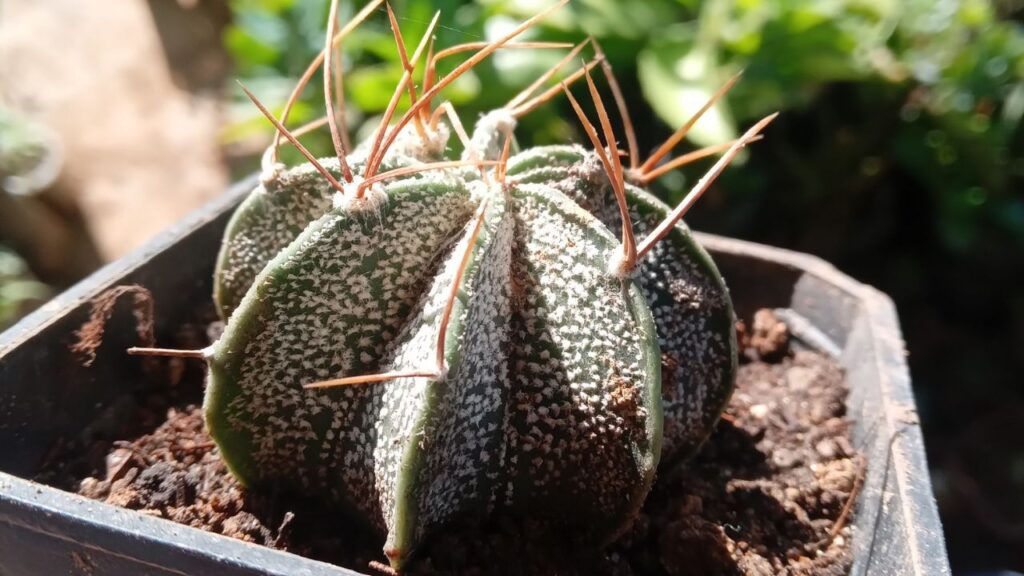
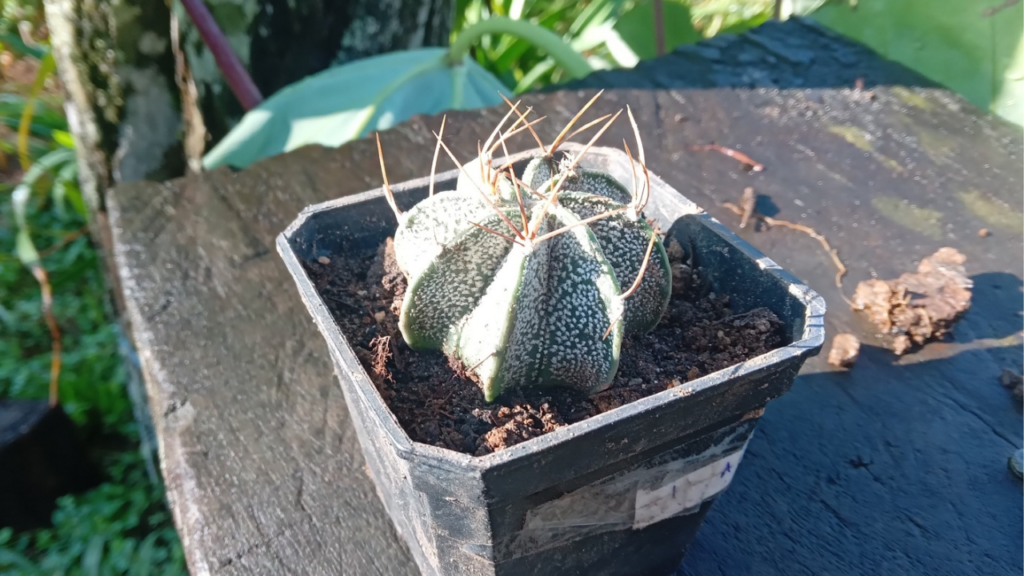
![]()
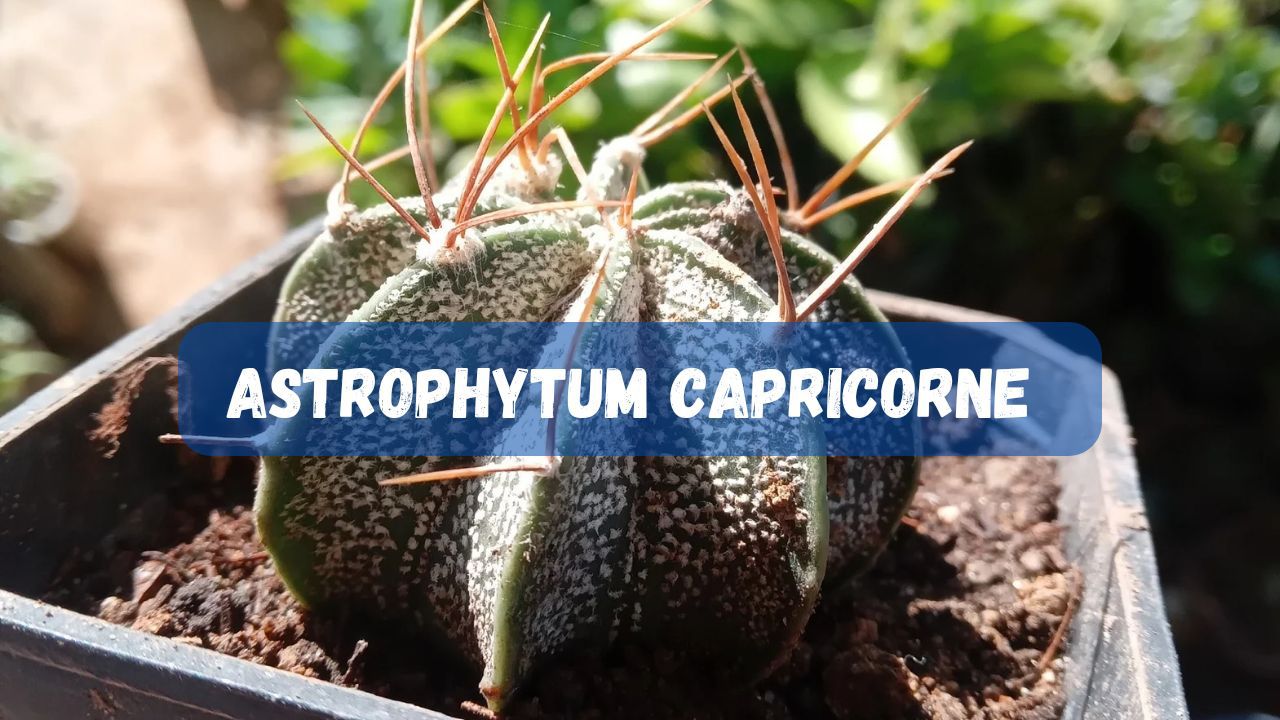

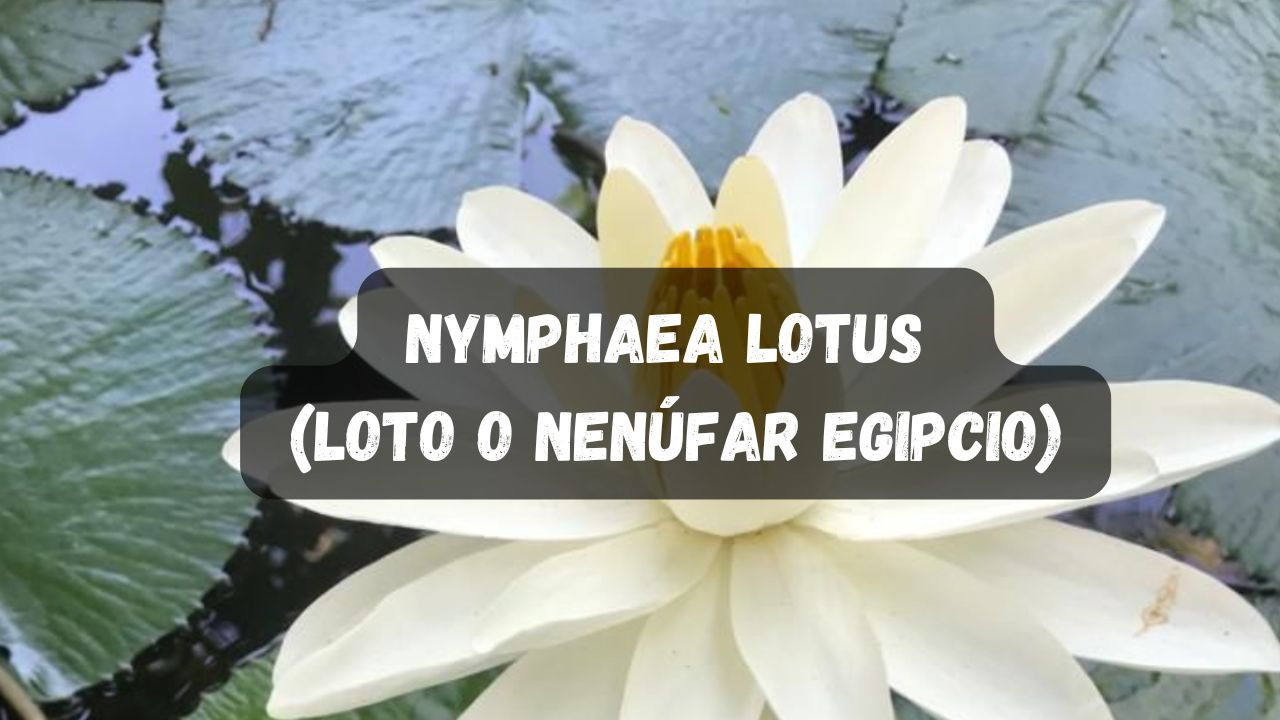

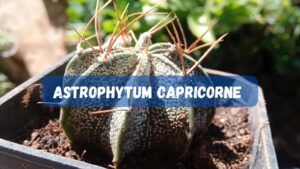

Post Comment